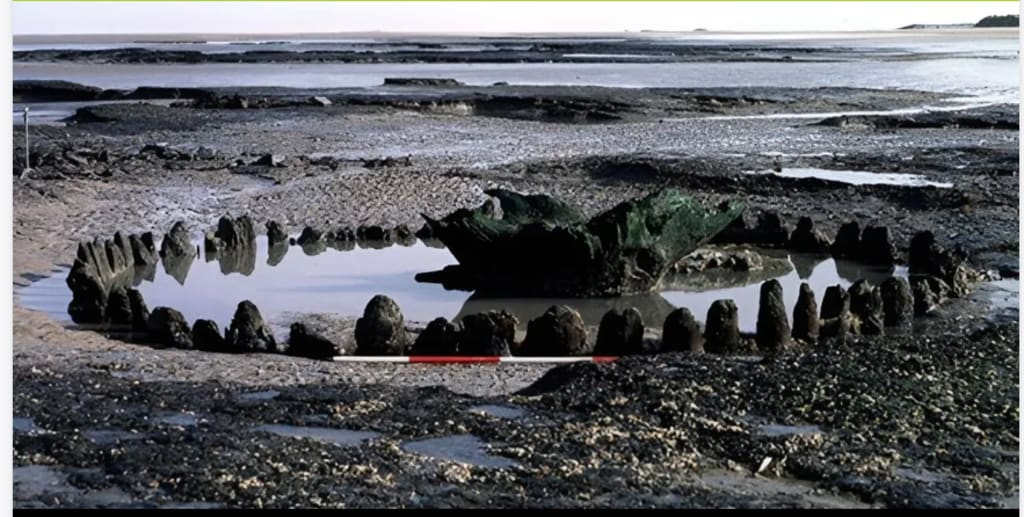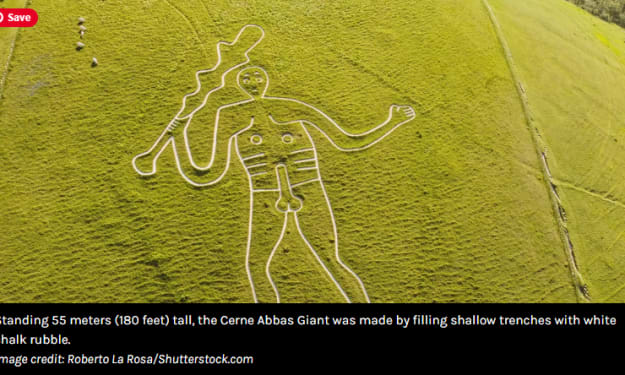Put Stonehenge aside: Why Was "Seahenge" Constructed More Than 4,000 Years Ago?
About 2049 BCE, the trees utilized to build Seahenge were felled.

Although everyone is familiar with the stacked stone of Stonehenge in South West England, there is another equally fascinating prehistoric structure on the east coast of the nation. A new study has looked at the reasons for the enigmatic construction known as Seahenge's construction more than 4,000 years ago.
The 55 half-split oak trunks that comprised Seahenge, also called Holme I, were arranged in an oval pattern with a bigger inverted oak stump in the center.
It wasn't until 1998 that the monument known as Seahenge, or Holme I, was uncovered by shifting sands on a beach in the north Norfolk village of Holme-next-the-Sea. 55 half-split oak trunks were arranged in an oval shape, measuring seven by six meters (23 by 20 feet). A larger stump of an inverted oak had been placed in a trench in the center.
Another identical construction, Holme II, was discovered about 100 meters (328 ft) distant. Tree rings found at both sites indicate that they were constructed concurrently around 2049 BCE, some 300 years after the famous Sarsen stones were erected at Stonehenge some 250 kilometers (155 miles) apart.
Previous theories have suggested that the two buildings were built to commemorate the passing of a notable person, such as a warrior or a local chieftain. Other theories have suggested that the buildings were used for sky burials, in which the deceased's body would be deposited inside for carrion-eating birds to peck and carry away.
Dr. David Nance of the University of Aberdeen advances a different explanation in a recent study by combining environmental and climatic data with biological and astronomical evidence as well as local folklore.
He contends that Holme I was built during a period of extremely cold weather, maybe for rituals meant to call for the arrival of warmer weather.
Researchers at the Department of Geography and Environment at the University of Aberdeen, led by Dr. Nance, stated in a statement that "Dating of the Seahenge timbers showed they were felled in the spring, and it was considered most probable that these timbers were aligned with sunrise on the summer solstice."
He thinks the two monuments served rather distinct purposes even though they were both constructed to fend off this existential menace. He contends that Holme I was created to mimic the mythical bird "cage" that was meant to keep a fledgling cuckoo singing and extend the summer.
Dr. Nance continued, "Folklore holds that the cuckoo, a fertility symbol, stopped singing on the summer solstice and returned to the Otherworld, taking the summer with it."
The shape of the monument seems to mimic two purported cuckoo winter homes that are mentioned in folklore: a hollow tree or 'the bowers of the Otherworld,' symbolized by the overturned oak stump in the middle of the monument. The "story of the pent cuckoo," he continued, recounts this custom in which a young cuckoo is placed inside a thorn bush and is "walled-in" to prolong the summer, but it always takes flight," he said.
Holmes II, meanwhile, was designed as a burial mound. Nance cites evidence demonstrating how, in an effort to please the goddess of Venus, "sacred kings" of Iron Age Britain and Ireland were sacrificed if calamity befell the community. Nance suggests that the local ruler offered himself to the god and was buried here against the backdrop of terrible winters and bad times.
Evidence points to their ceremonial sacrifice occurring every eight years at Samhain, or Halloween, in accordance with Venus's eight-year cycle. According to him, the fixtures in Holme II—which were purported to contain a coffin—are facing sunrise on Samhain in 2049, when Venus was still visible.
About the Creator
Enjoyed the story? Support the Creator.
Subscribe for free to receive all their stories in your feed. You could also pledge your support or give them a one-off tip, letting them know you appreciate their work.






Comments (1)
That is very interesting, I was totally unaware of this